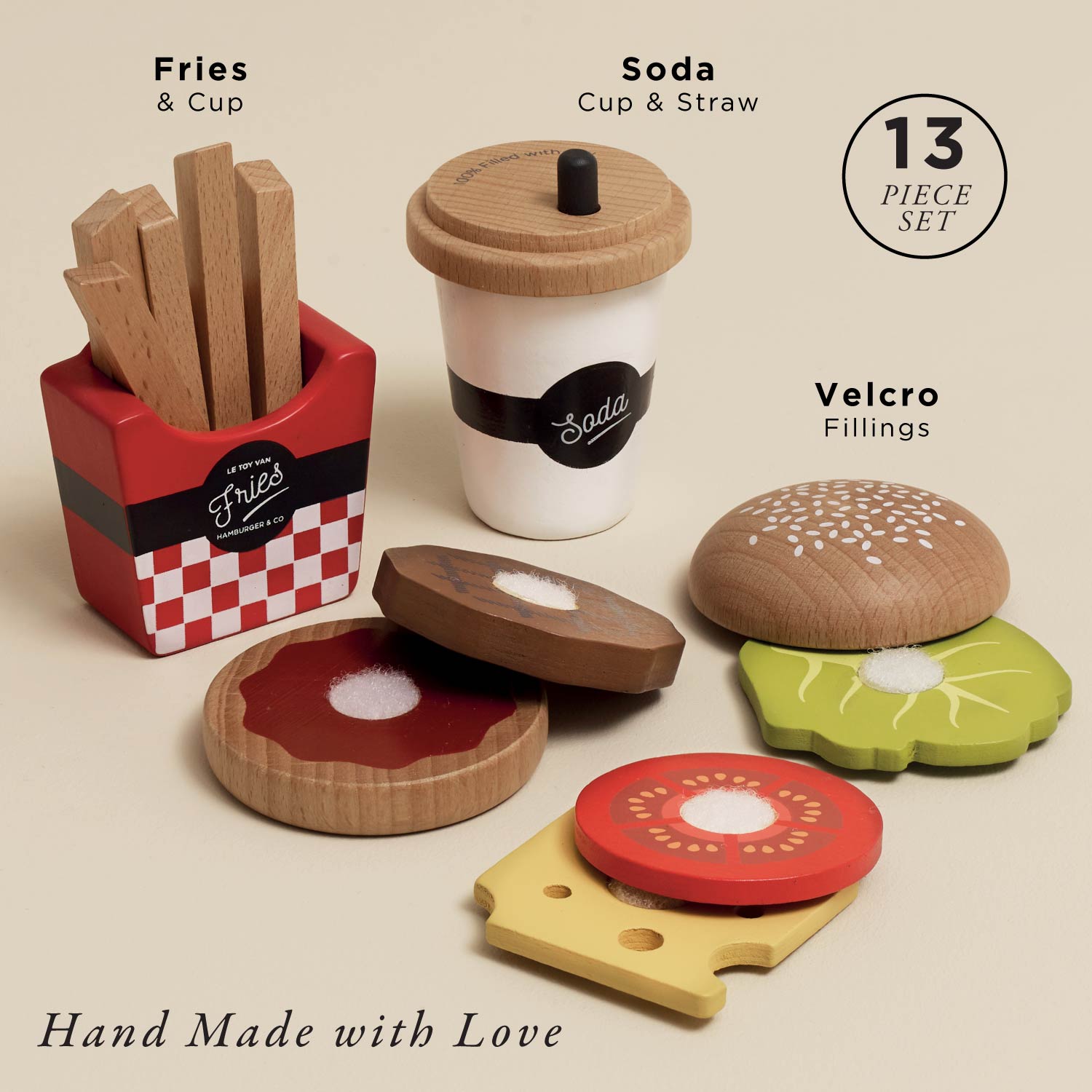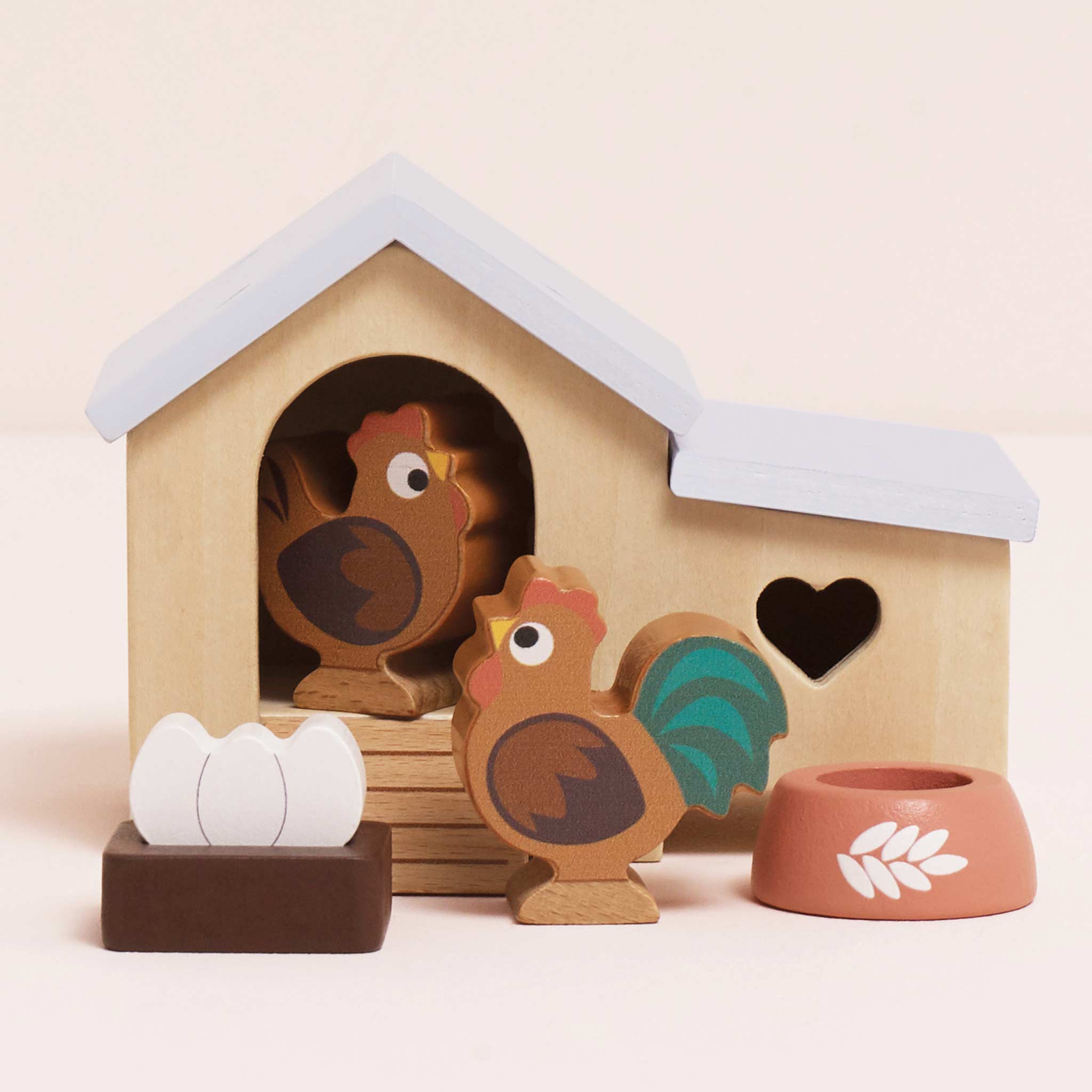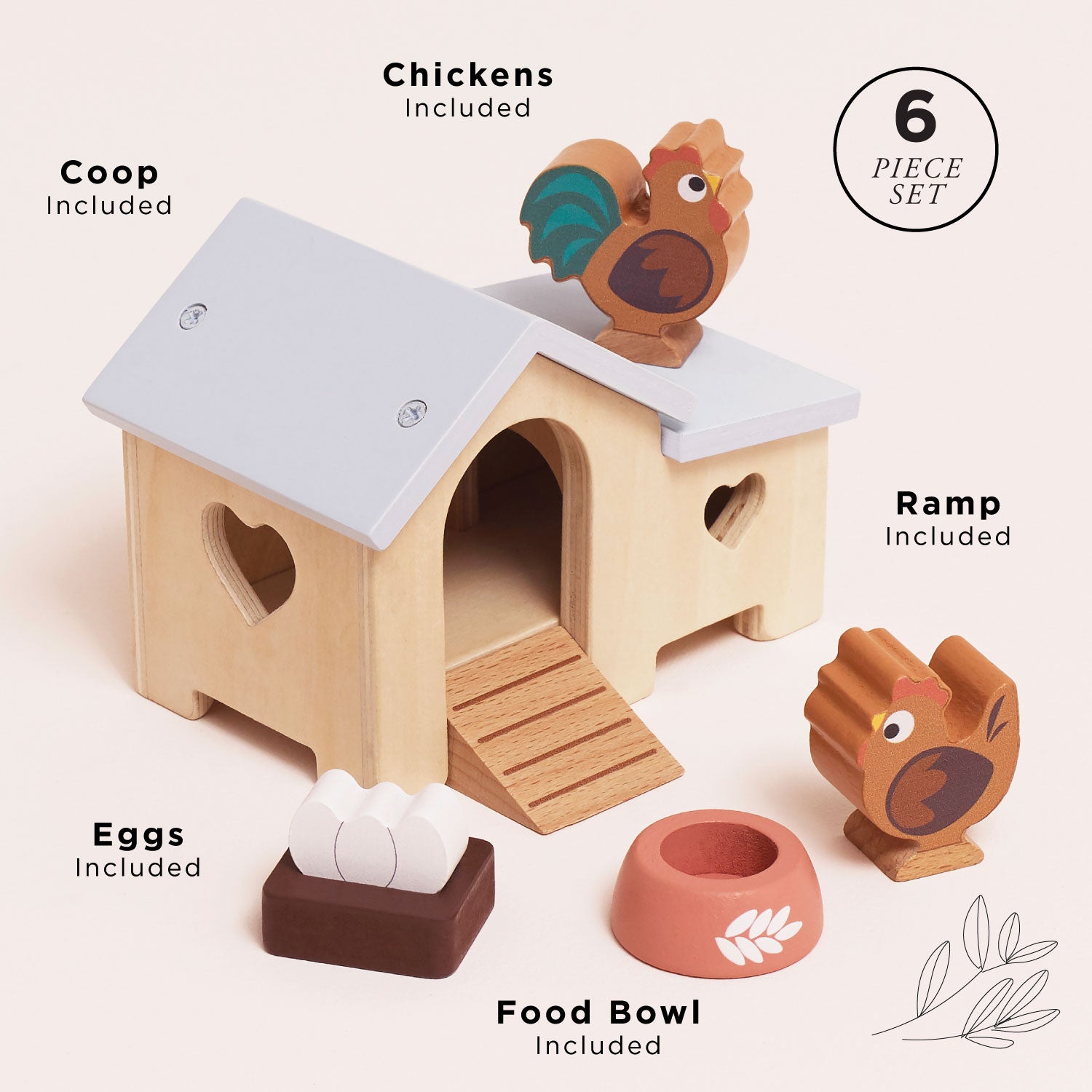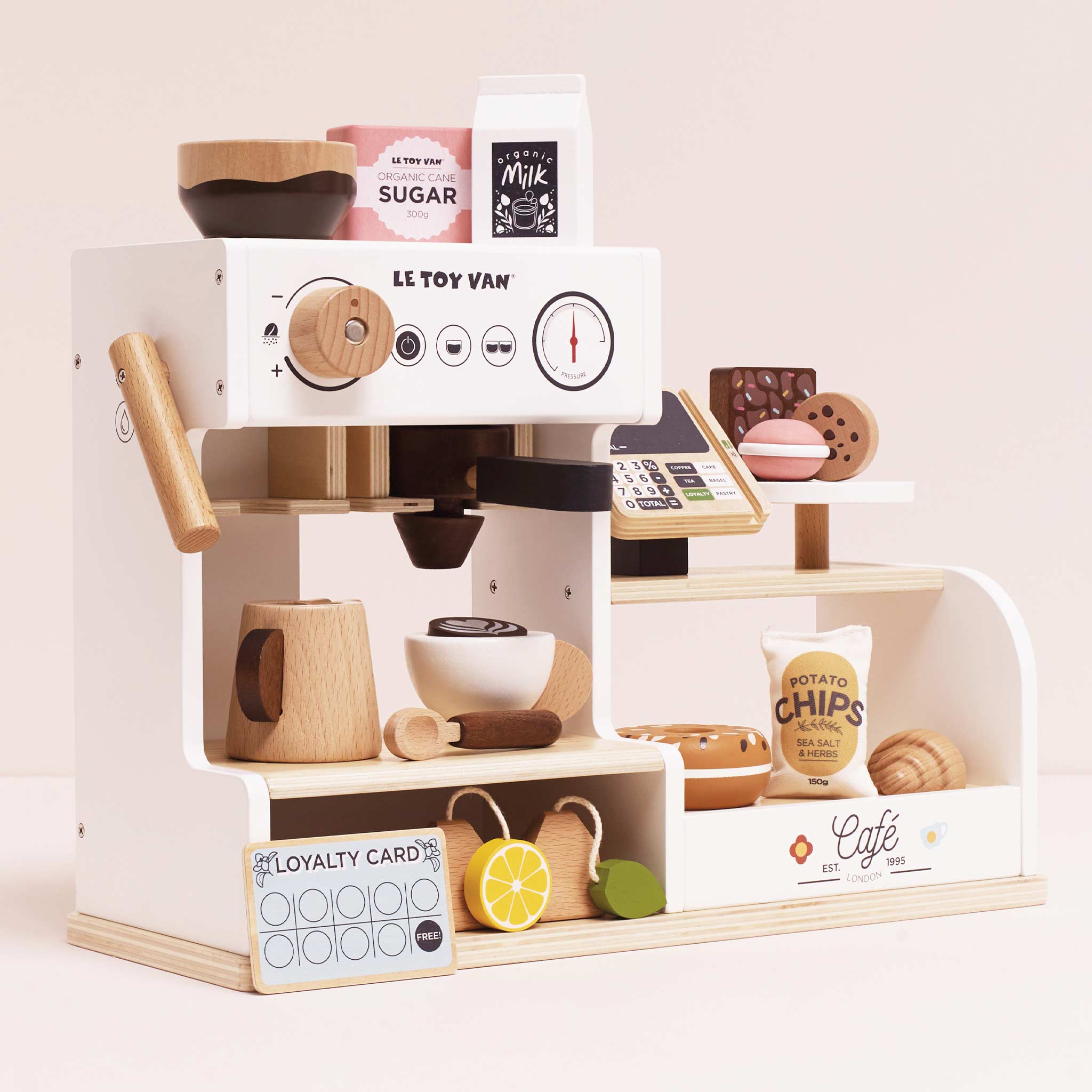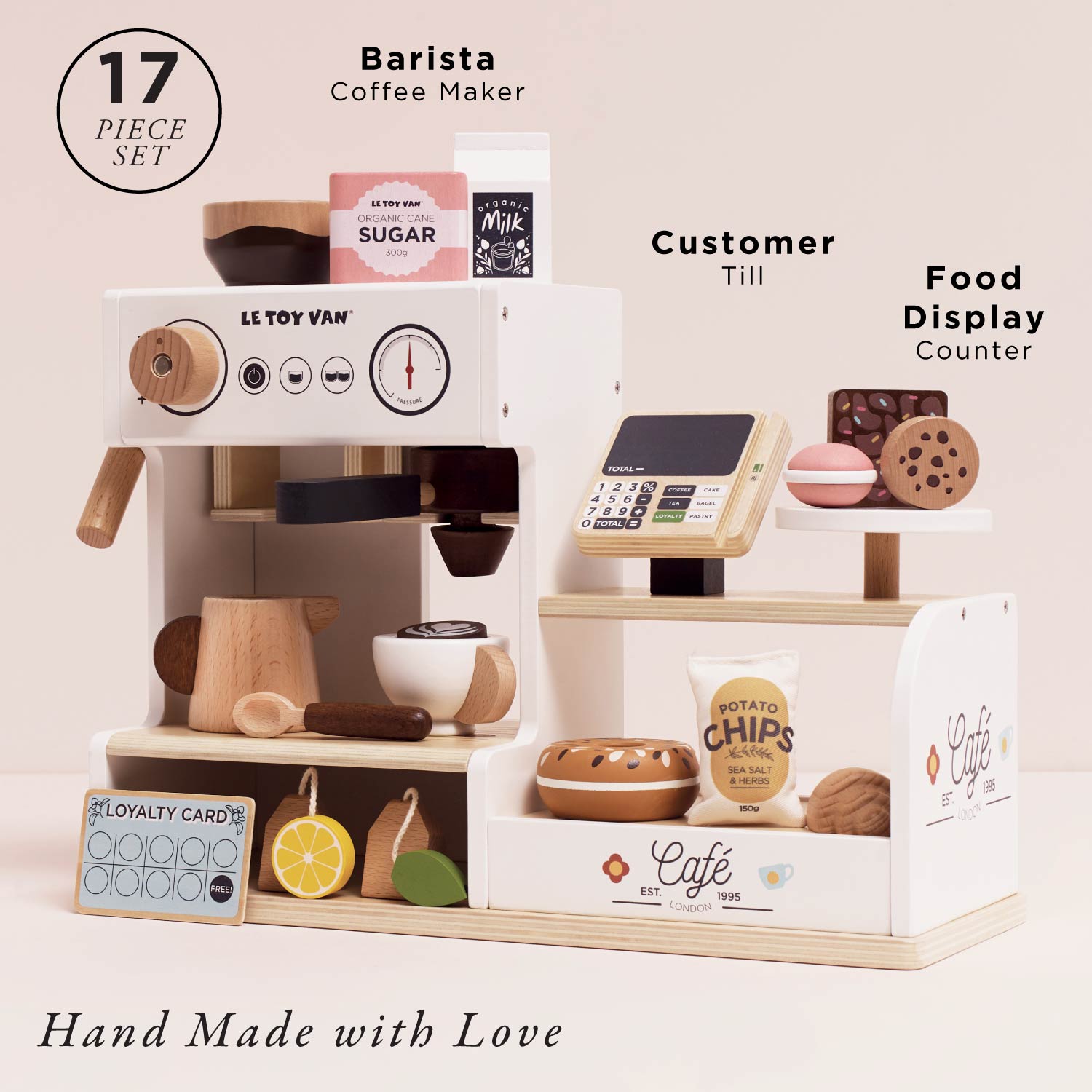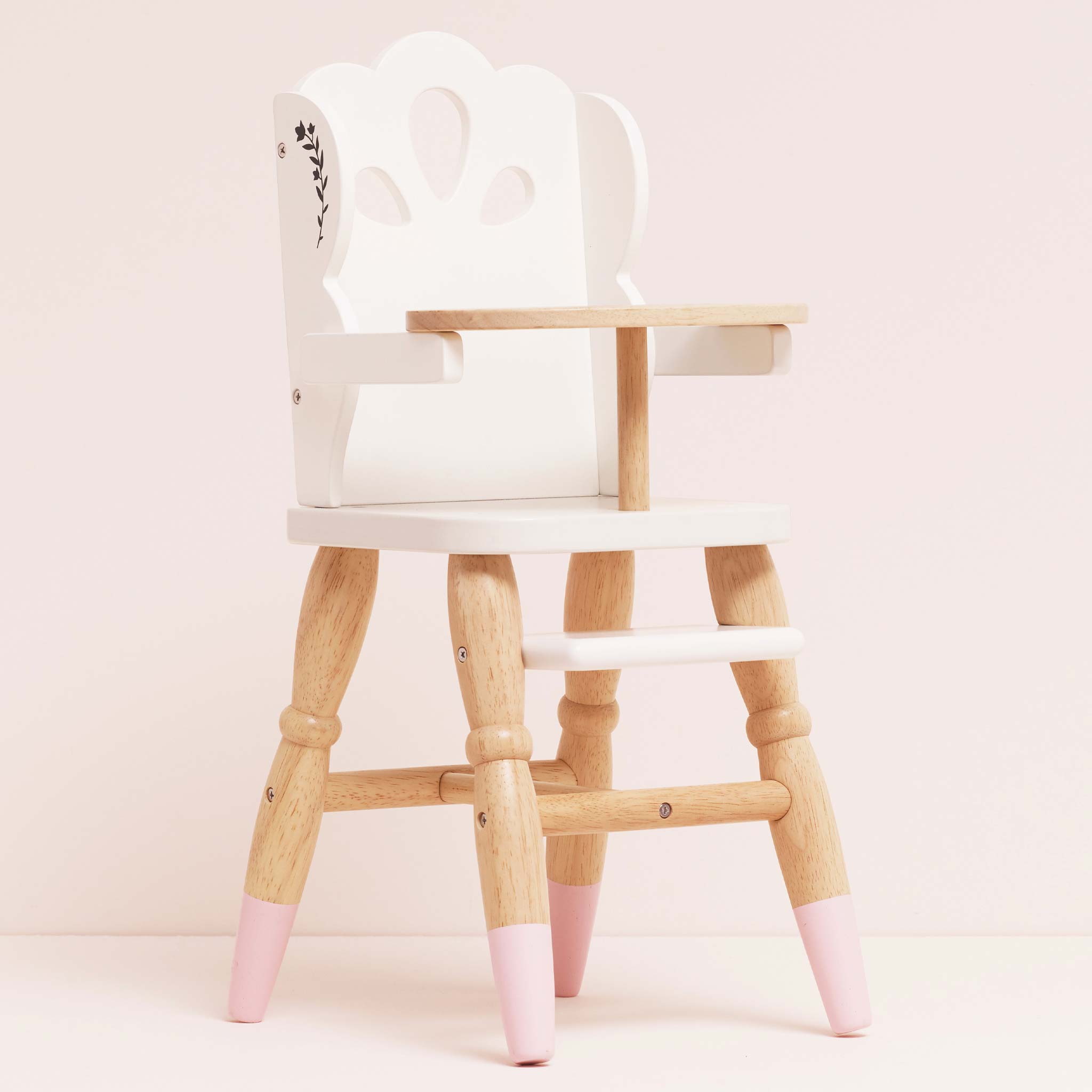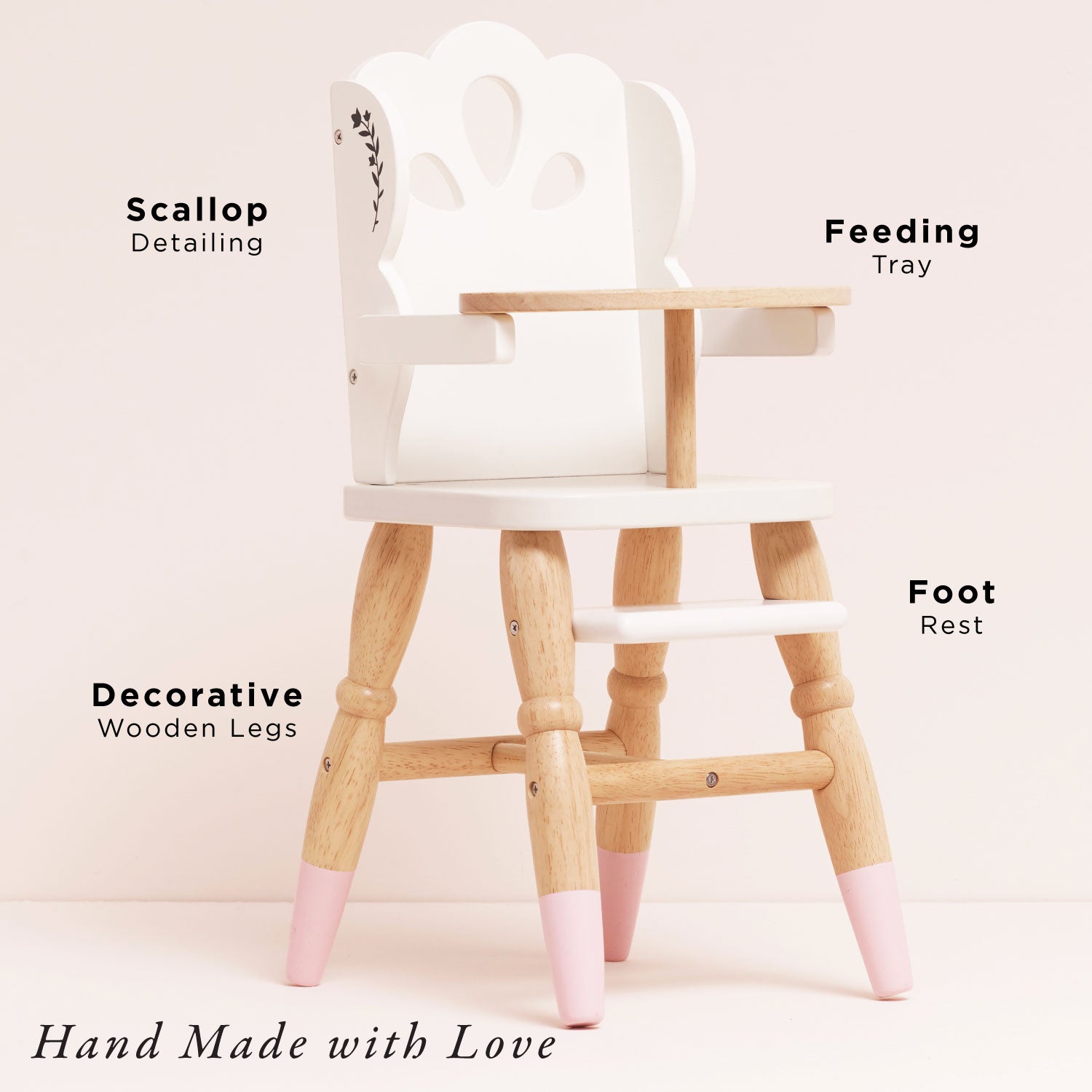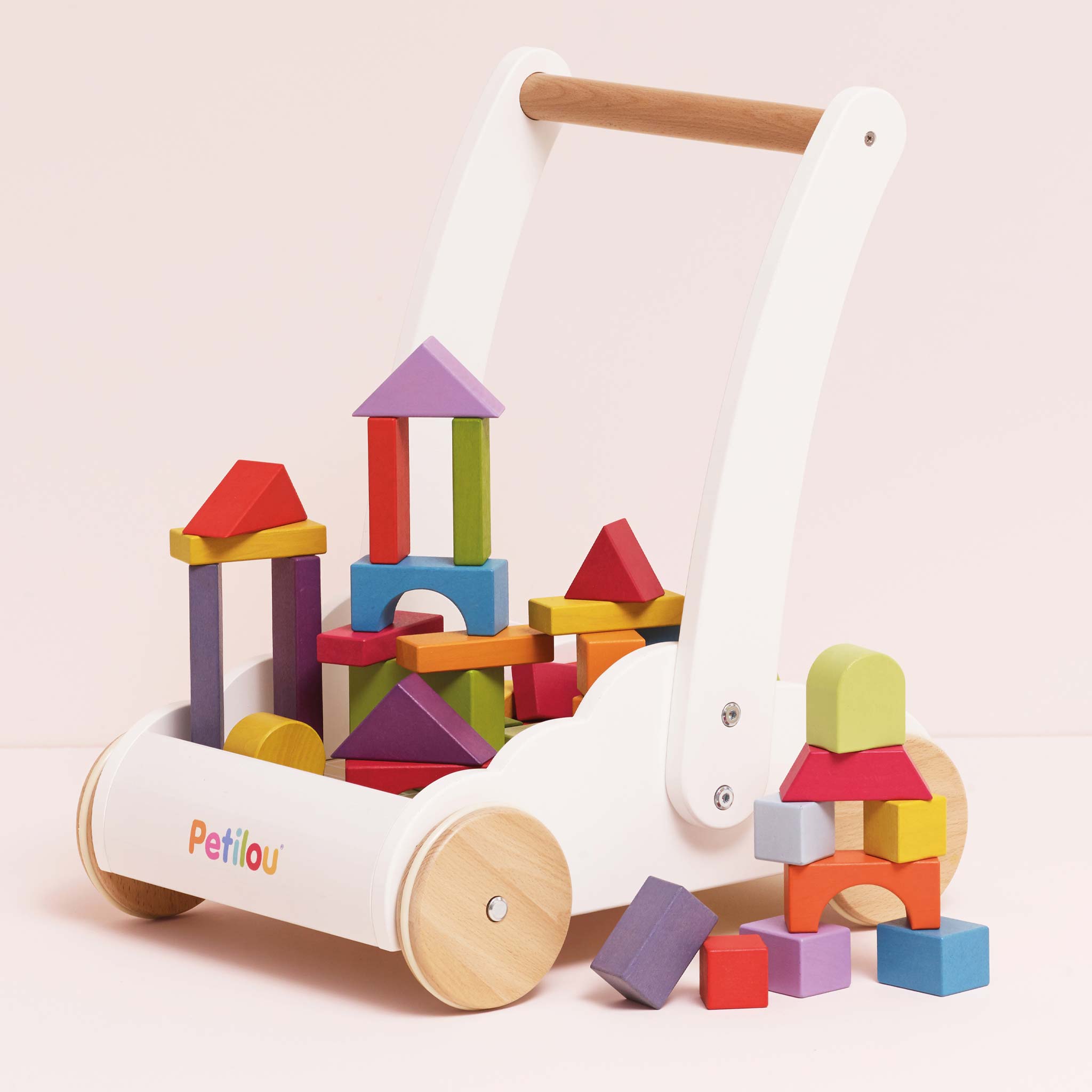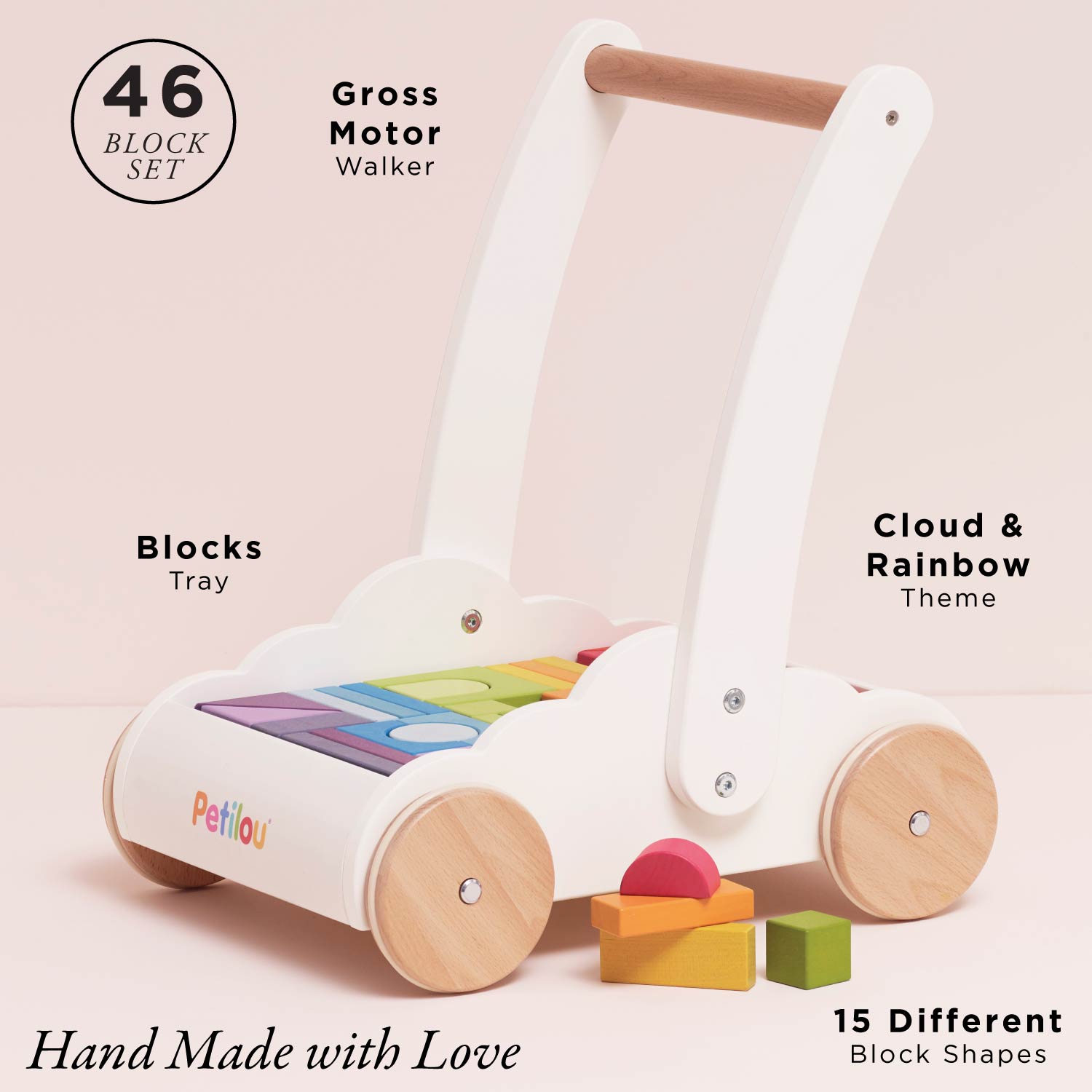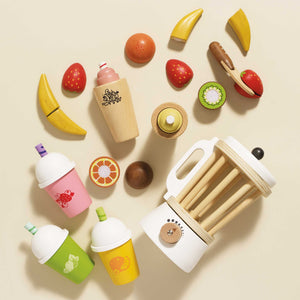Early Toys and Dolls Houses
The history of toy-like figures is well documented. Archaeologists have discovered toys dating back several thousand years and some of the earliest examples were found in ancient Egypt, where miniature homes intricately furnished and decorated with wooden figures of people and animals, were discovered in the Old Kingdom. It is understood, however, that these replicas of scenes from everyday life were created for religious purposes, rather than for entertainment.
Later in 16th century Europe, the first type of dolls houses emerged in Germany and the Netherlands, these were a type of cabinet display which were essentially made up of different rooms. Early dolls houses were intended for decorative purposes for adults – children were not allowed to play with them. They were handmade from high quality, often fragile materials and were considered something of collector’s item available only to the wealthy.
Dolls houses later began to be produced in factories and subsequently became more accessible to children, by the 1950s they were a popular gift for little girls across a number of western countries. Modern-day dolls houses are universally popular and widely available, they are typically constructed using robust materials and have a solid structure.

Today’s Dolls Houses
In modern society, play is viewed as an essential part of cognitive and emotional development in young children, as well as contributing greatly towards their social development. Dolls houses are an incredibly popular type of toy for children all over the world, varying greatly in terms of model, scale, and quality.
What Makes Dolls Houses Popular?
Children have long since used props for their creative play - as well as being an attractive interactive toy, dolls houses are also a type of prop which reflects daily life, this being family living and social structures.
Children enjoy playing with dolls houses for a number of reasons; it is not only great fun but also gives them the chance to create everyday scenes from reality within the home and family events, such as receiving visitors, parties, mealtimes, bath times etc. This type of play may be individual or interactive and helps children to develop an understanding of the world in which we live and process their emotions and reactions.
The Development of Social Skills
Dolls houses can assist enormously in the development of social skills. They present a stage which can be used for the re-enactment of social scenes - a whole family or even society can be created with its own dynamics and hierarchy. Play can be individual, involving creative thinking and imagination, or it may be interactive; helping to develop cooperation, the sharing of space and ideas. The dolls house frequently prompts children to participate in role-play, where children may assume adult roles and pretend to be in charge of other figures within the game - there may be both happy and unhappy events, punishment and reward - demonstrating that this type of play is helping children to make sense of the world around them and its social interactions, as well as developing their social skills and equipping them with some of the foundations they will need for later life.
Creative Play
One significant benefit of a dolls house is the fact that it is an open-ended toy offering various options for creative and imaginative play.
As previously noted, role play is important in helping to build confidence and social development. Pretend play allows children to freely express and use their creativity, stimulating their imagination - figures may be given names and profiles with their own personalities within the game.

Gender Inclusive
Dolls houses have traditionally been marketed towards little girls, and in past times were often used as a type of aid to help teach young girls about domestic life. This gender stereotyping reinforced an outdated idea that little girls are naturally more interested in domestic and social life, a notion which ultimately discourages parents from buying dolls houses for boys and can subsequently exclude boys from a rewarding and engaging toy. Both genders are social and enjoy staging social interactions during play.
Spatial Awareness
This type of play helps to develop spatial awareness, children are able to arrange furniture in the rooms and to move it into suitable positions as well as into appropriate locations, helping to develop classification and organisational skills of what can typically be found where within the home.
Fine Motor Skills
Playing with small pieces such as furniture etc. where there may be fiddly parts to move around, can help to develop fine motor skills.

Our Dolls Houses
Le Toy Van has been making dolls houses for over 25 years now, the company was founded in the mid-1990s when Georges Le Van made his first wooden dolls house in the garden shed, it was from this very dolls house that Le Toy Van was born.
Our wooden dolls houses are hand-painted using non-toxic paint. Great care has been taken in the design and execution of our dolls houses to engage the imagination of the child, encourage creativity, problem-solving and verbal development as well as helping children to process their thoughts and ideas in a safe and controlled environment, through fun play. All our toys are still designed in London and ethically made with great attention to detail. For more information on our range of wooden dolls houses and dolls house accessories, get in touch today.

